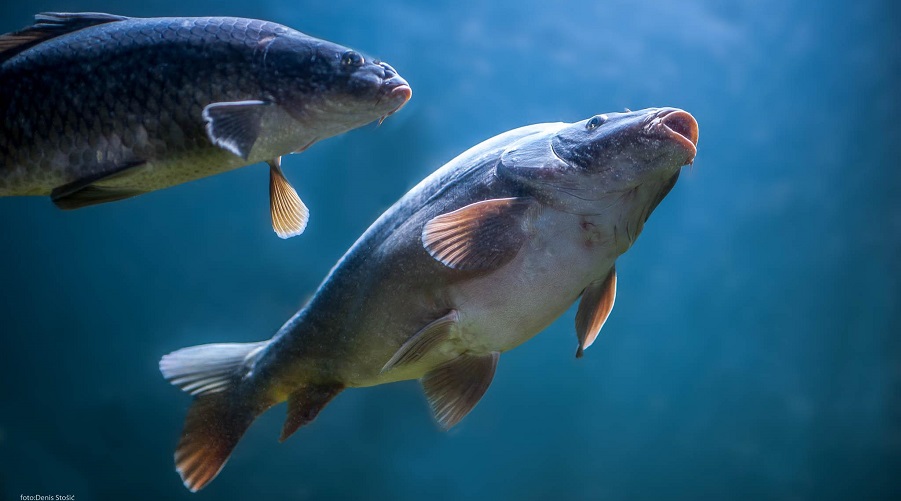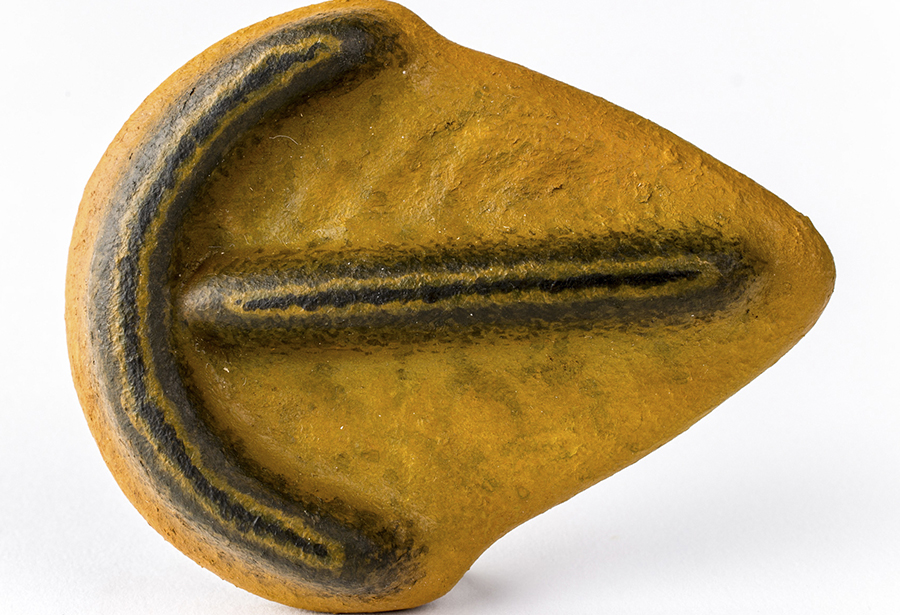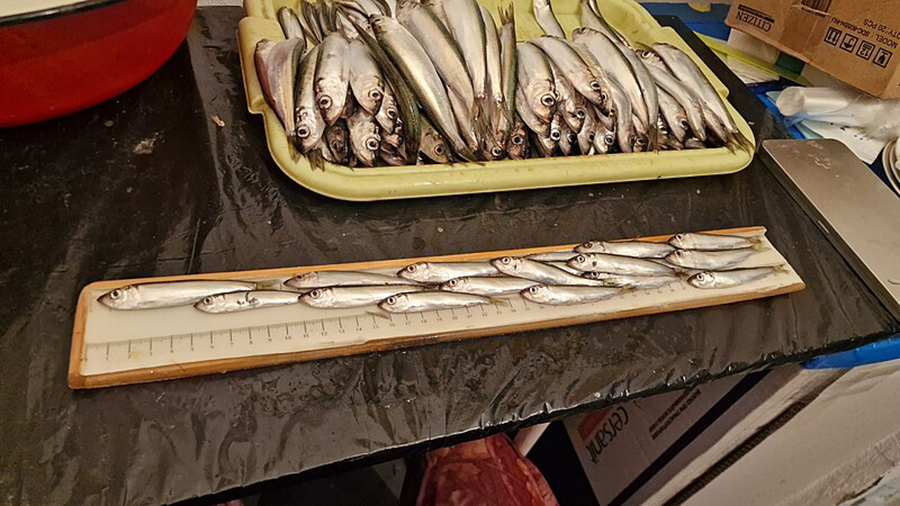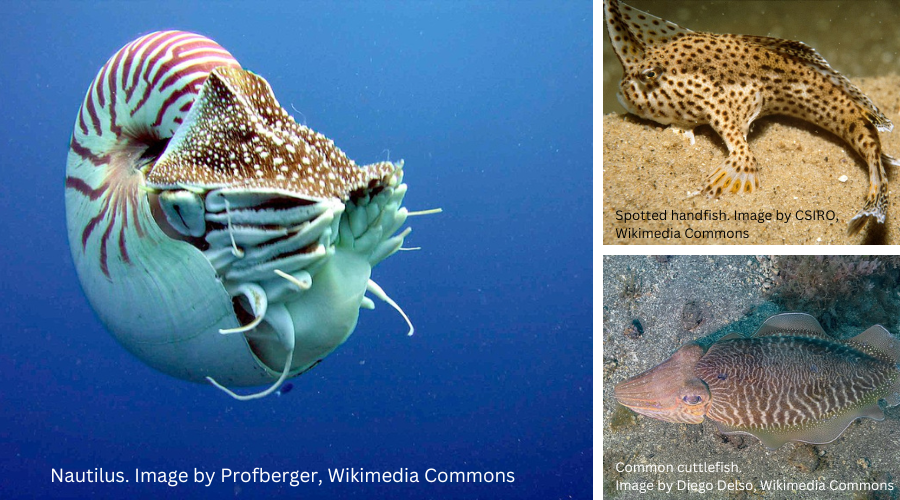
Common carp. Photo by Aquatika Karlovac, FishBase
A widely debated topic in biology and fisheries sciences is the role of oxygen in the growth of fishes and other water-breathing animals. According to new research, developmental changes in individual fish and experimental errors are the causes of inconsistencies that have erroneously been linked to the Gill Oxygen Limitation Theory (GOLT), developed to explain the influence of oxygen uptake on fish growth.





